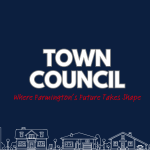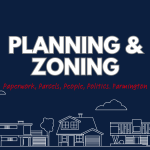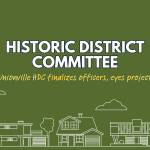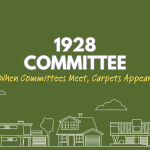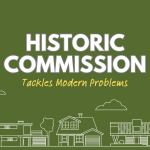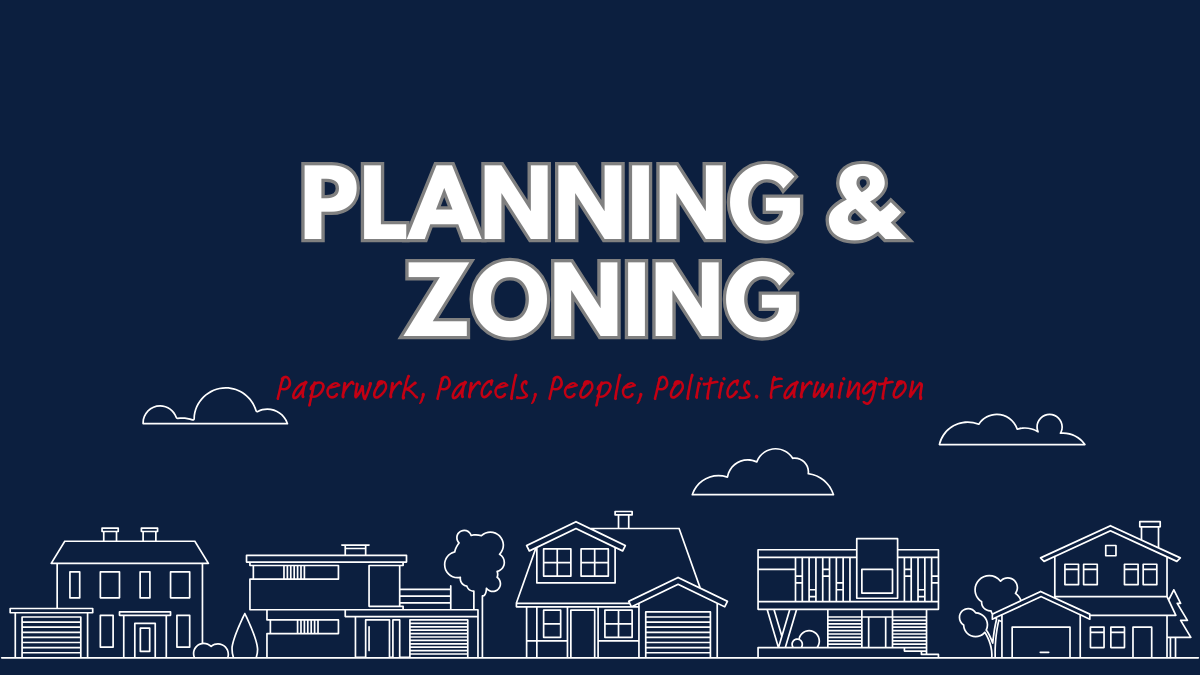Farmington Ad Hoc Sidewalk Committee: A Deep Dive
Farmington’s newly formed Ad Hoc Sidewalk Committee convened at Town Hall to tackle a complex question: How walkable does Farmington want to be? From funding to property owner responsibility, the discussion featured various views from officials, residents, and staff. Below are the key takeaways from a meeting that set the stage for a potential revamp of the town’s sidewalk ordinance.
Top Developments
- Ordinance Under Review: Chapter 169 on streets and sidewalks—originally adopted in 1954 and amended in 1995—may see substantial changes.
- Public Input Crucial: Officials aim to solicit opinions through surveys and public meetings before making any decisions.
- Key Challenge: Balancing individual homeowner costs and responsibilities with a broader “public good.”
Hearing from the Public
The meeting began with a public comment session, giving Farmington residents a chance to weigh in:
“I just quickly wanted to say this is a subject I’ve been interested in going back to the village center meetings several years ago,” said Jay Tulin (39 Timberline Drive). “I am interested in the discussions you are going to have and what kind of conclusions you come up with during the course of your conversations about the sidewalk ordinance.”
After Tulin’s comments, seeing no further questions from those attending via Zoom, the council moved on to the main agenda.
Why a Sidewalk Committee?
Town officials stressed that managing sidewalks has become a “complicated” endeavor. Citing maintenance costs, liability concerns, public safety, and fairness, they underlined how the existing ordinance often goes unenforced:
“We have a lot of what I call a lot of things about how we do sidewalks that have just evolved,” one official remarked. “It’s not easy at all. This is going to be a process…and I’m not just saying that.”
Core Questions
- Funding: Who should foot the bill for new or replaced sidewalks—individuals, the town as a whole, or a hybrid cost-sharing model?
- Maintenance & Liability: Should private homeowners continue to shovel, repair, and insure sidewalks, or is this a “public good” that the town should manage?
- Town Survey: Officials emphasized the importance of data, suggesting a professional survey firm might be hired to gauge community interest and willingness to pay.
Detailed Discussion Highlights
- Sidewalk Ordinance History:
- Adopted in 1954, amended in 1995, it places responsibility for construction and maintenance on the homeowner if the Town Council deems it necessary.
- Officials noted, “We haven’t been following a lot of it because of financial burdens.”
- Repair vs. Expansion:
- Several members agreed existing sidewalks should be brought up to standard before adding new ones.
- “If you had a program that was ongoing—like a pavement project…It’s a never-ending process because roads or sidewalks need consistent care,” said one participant.
- Public Good vs. Private Cost:
- The possibility of the town covering a portion of expenses for sidewalks that serve critical routes—e.g., near schools, busy roads, or direct connections to the trail system—was discussed.
- “Is it fair that if you live up in the Highlands where you have no sidewalks, you pay for sidewalks in another part of town?” one member asked.
- Survey Timeline:
- Officials proposed setting aside funds in the upcoming budget to engage a professional polling company for accurate and representative feedback.
- “We need to figure out how to get the information out…maybe doing some homework on the ordinance so we can start working with a PowerPoint to the public,” the group concluded.
Next Steps and Future Meetings
- Committee Meetings: Tentative schedules floated included February 18 and March 18 (both at 6 p.m.), though the group may adjust depending on public input and budget timelines.
- Public Education: A dedicated webpage with bullet points on the existing ordinance, homeowner responsibilities, and potential tax implications is in the works.
- Surveys: The committee will explore RFPs (Requests for Proposals) for a professional survey group to create questions that capture resident perspectives on cost and walkability.
“It’s complicated,” one attendee summed up at the close of the meeting. “But it’s time to do something—or at least look at it.”
For a more comprehensive review of the discussion, you can watch the full meeting on YouTube.
Sponsored by Farmington Storage
The We Are Farmington website is proudly brought to you by Farmington Storage located at 155 Scott Swamp Road (☎️ 860.777.4001). We extend a huge thank you to our sponsor for supporting local coverage and community engagement.
Stay Connected and Explore More
We have so much to offer beyond local government coverage! From editorials to jobs, you can dive into a treasure trove of Farmington topics below:
- Editorials & Opinion
- About The Farmington Mercury
- What’s For Sale
- Election 2024 Updates
- Law Enforcement News
- Historic District Commission
- Wetlands Committee Info
- Farmington High School Updates
- Zoning Changes
- Board of Education Highlights
- Positions Available in Farmington
- Subscribe to The Farmington Mercury
- Contact Us
Stay Informed with The Farmington Mercury
Don’t miss a beat this election season! Follow all of our Election 2024 coverage here and stay up-to-date with the latest news, insights, and analysis. Want more in-depth stories delivered straight to your inbox? Subscribe to our weekly newsletter for exclusive content, interviews, and updates.
A Fun Sign-Off from Jack Beckett
Sincerely,
Jack “Double Espresso and Deadline” Beckett ☕️
P.S. Think of our site like the ultimate coffee shop bulletin board, but with clickable links and fewer latte stains! Whether you’re scouting local real estate, following politics, or checking historical archives, we’ve got you covered:
- Send a Tweet or X (yes, we call it Twix now 🍫)
- Contact Us Anytime

